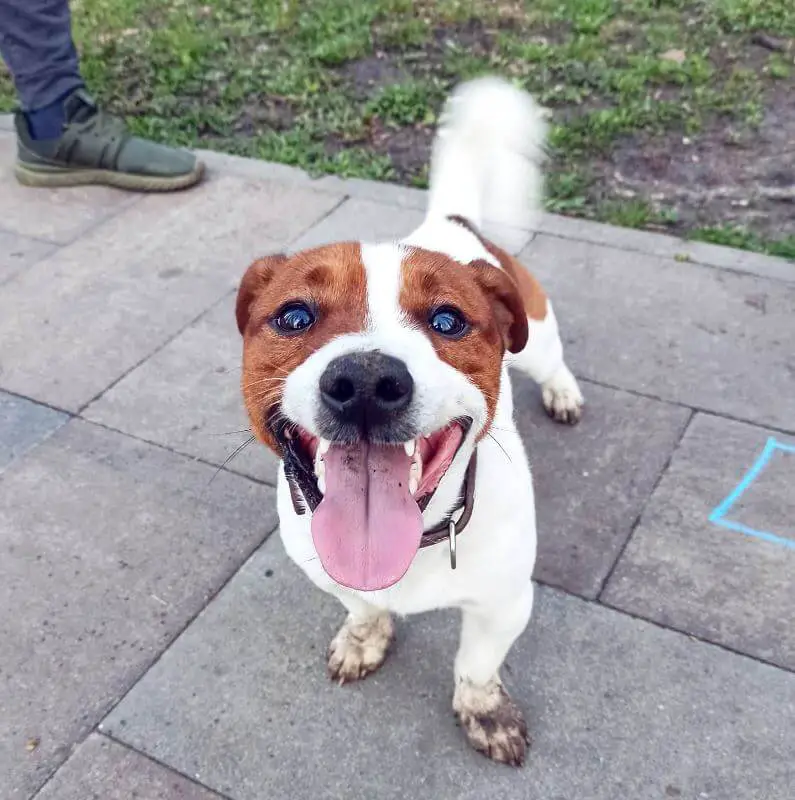Clicker training is a powerful and positive method for communicating with your dog. It relies on the use of a clicker, a small handheld device that produces a distinct sound when pressed, to mark desired behaviors. This approach facilitates clear and precise communication between you and your furry friend. In this article, we’ll explore how to use clicker training to effectively communicate with your dog, improve their behavior, and strengthen your bond.

Understanding Clicker Training:
Clicker training is based on the principles of operant conditioning, a learning theory that focuses on the consequences of behavior. With clicker training, the “click” serves as a conditioned reinforcer, indicating to your dog that they have performed the desired behavior correctly.
The Steps to Successful Clicker Training:
- Acquire a Clicker: Start by obtaining a clicker, a small and portable device that emits a distinct clicking sound.
- Charge the Clicker: Before introducing any commands, “charge” the clicker by repeatedly clicking and immediately offering a treat. This helps your dog associate the click with a reward.
- Choose a Behavior: Select a specific behavior or command you want to teach your dog. Common commands include “sit,” “stay,” or “come.”
- Capture the Behavior: When your dog naturally exhibits the desired behavior, immediately click the clicker and follow it with a treat.
- Repeat and Refine: Continue to click and reward your dog when they perform the behavior correctly. With repetition, your dog will learn to associate the click with positive reinforcement.
- Add Verbal Commands: Once your dog consistently responds to the clicker for a specific behavior, introduce a verbal command, like “sit,” simultaneously with the click.
- Generalize the Behavior: Practice the behavior in different settings and with various distractions to ensure your dog understands the command in various situations.

Benefits of Clicker Training:
- Precise Communication: Clicker training offers clear and precise communication between you and your dog, making it easier for them to understand what you want.
- Positive Reinforcement: It relies on positive reinforcement, making training an enjoyable and rewarding experience for your dog.
- Versatility: Clicker training can be used to teach a wide range of commands and behaviors, from basic obedience to more complex tricks.
Common Mistakes to Avoid:
- Inconsistent Timing: Timing is crucial in clicker training. Ensure you click the moment your dog performs the desired behavior to reinforce the connection.
- Overuse of the Clicker: Overclicking can lead to confusion. Click only when you want to mark a specific behavior.
- Skipping the Treat: The click should always be followed by a treat to maintain the effectiveness of the training method.

Clicker training is an effective and rewarding way to communicate with your dog, making it easier for them to understand your expectations and learn new behaviors. By following the steps outlined in this article and avoiding common mistakes, you can use clicker training to strengthen your bond with your furry friend while fostering good behavior and obedience.
